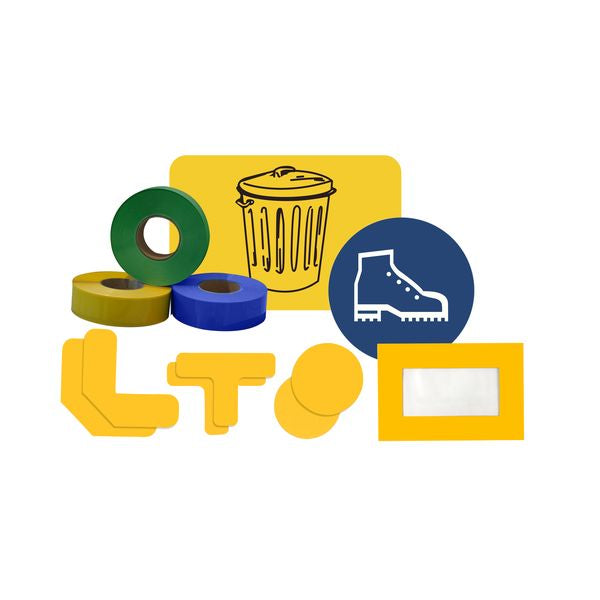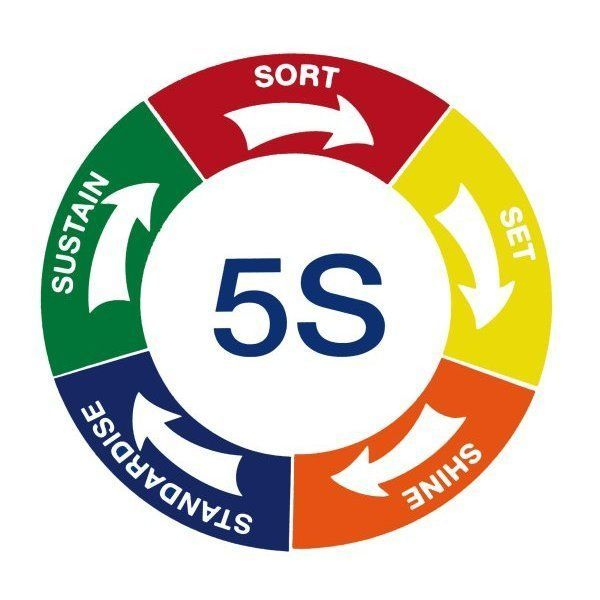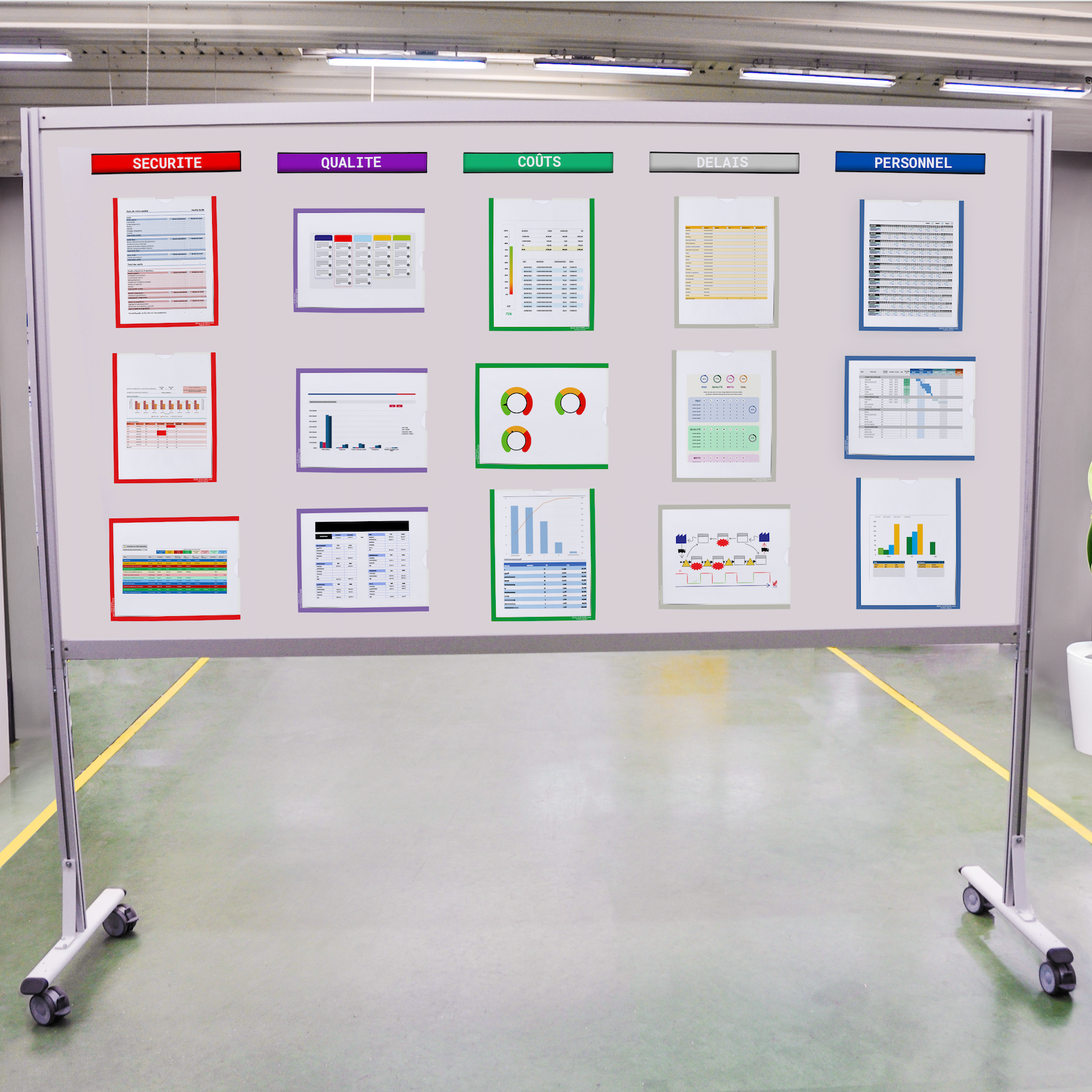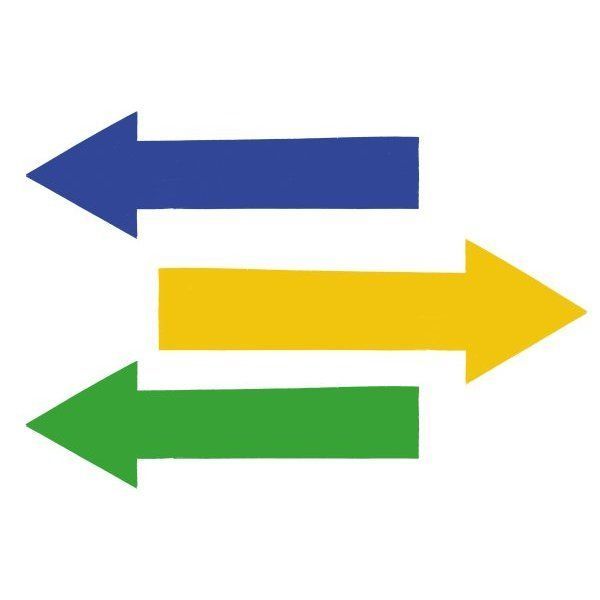Increase administrative performance with Lean Office
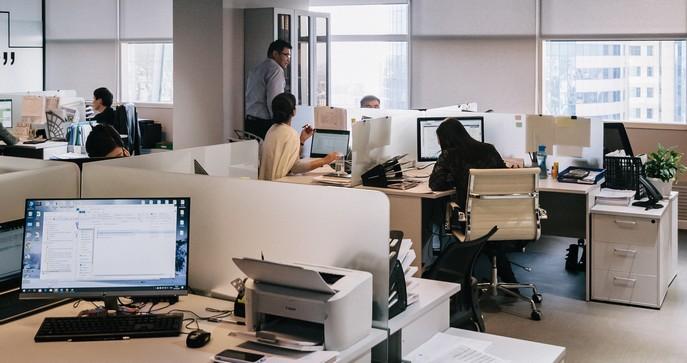
Increase administrative performance with Lean Office
Lean Office is a practice of optimizing the interactions and efficiency of a company's services. Its goal is to engage services and offices in operational excellence.
This process is carried out in different stages. First of all, Lean Office requires identifying waste within a department, project or mission.
Customer orientation is a real objective, it is necessary to challenge yourself or to follow the solicitations of the latter. What is the waste? Does every action have value for the customer?
We then identify the processes used on a daily basis that have real value for the company and customers. Following this, it is necessary to identify the actors of these processes, all services combined! The goal is to include employees in this quality approach. Once the working group is assembled, this team must be motivated and committed to improving the daily flows that are carried out. The work of the Lean Office, like the Lean Manufacturing approach, is therefore to eliminate all sources of waste, for example overproduction, waiting, unnecessary transport, worthless operations, etc.
DOWNLOAD THE LEAN OFFICE CATALOGUE
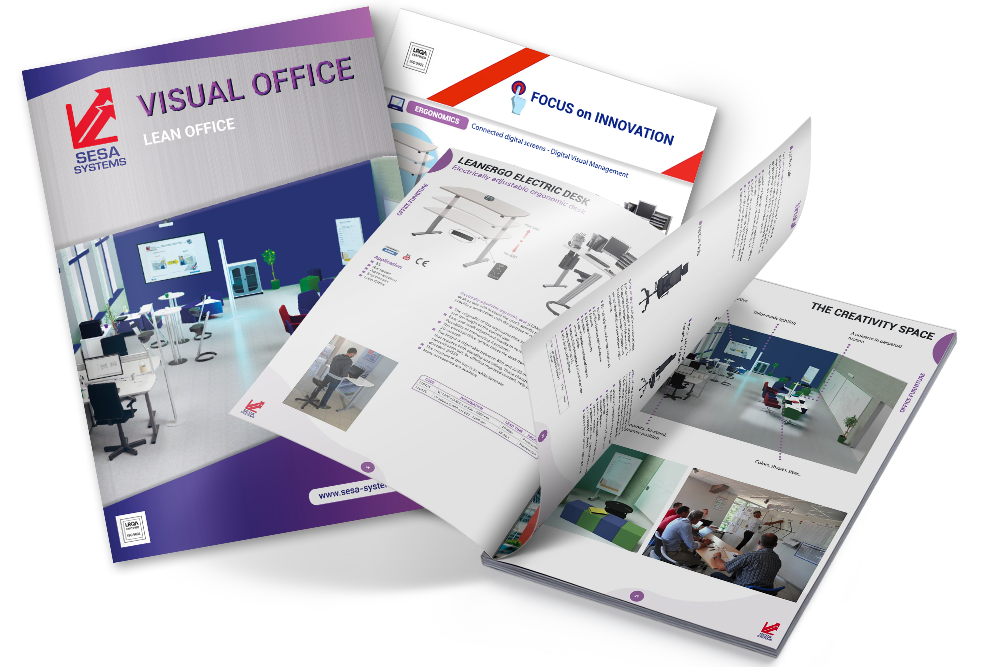
What is the specificity of Lean Office?
The specificity of Lean Office, compared to Lean Manufacturing, is that the flows are invisible. Everything is almost dematerialized and the problems are less easily identifiable. An identification of the organization is therefore necessary. The staff has a high level of training, which means that they have been accustomed to a lot of autonomy and that the standards are less precise than in manufacturing for example. Indeed, administrative management, the measurement and definition of specific missions can be perceived as a brake on autonomy. However, the integration of the Lean Office approach is beneficial for all and easily integrated.
"Office" processes particularly address multiple or multi-tasking projects as well as many interactions between different departments of the company. These exchanges are in continuous flow. The hierarchy of processes is more difficult to identify, it is not always unique. The habit of change is also less developed in Office.
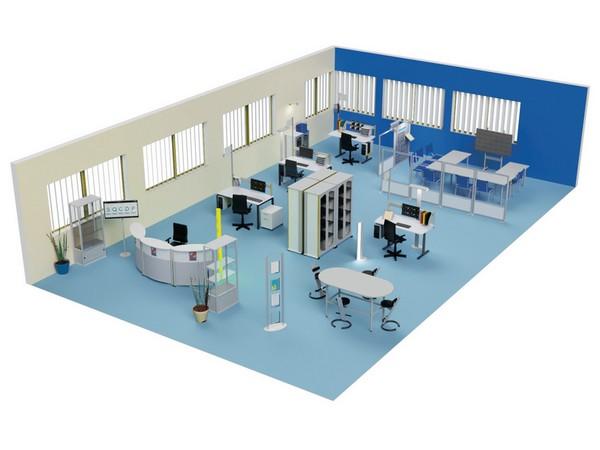
What does this project act on?
Waiting is the most well-known waste. For example, in the elaboration of an order placed in a large group, all the processes that lead to the production of the order, end to end, are on average about 2 weeks of delay. This equates to 1% of working time over 10 days!
The order can then easily go through a multitude of services (sales, design office, supplier, purchasing, logistics, ADV ...) and waste is necessarily integrated into this management. The work of the Lean Office is to support the organization and synchronization of these exchanges between services, on an order, a project, or a service in order to carry it out efficiently.
How do I start the process?
Motivation, competitiveness, or the need for progress are real factors of improvement, there is much to gain. Management can act as a sponsor and driving force for the integration of this process. This step will also allow the training of the teams, because it is also an acquisition or development of skills.
As a first step, we mentioned identifying the different processes and their actors, decompartmentalizing services.
With all these actors, and once the flows have been identified, it is necessary to recognize the gaps, wasted time or non-quality in order to implement the improvement by the Lean Office.
To each problem or waste identified, it is necessary to set up a corrective action thanks to teamwork and to allow the process to no longer be blocked. For actions that do not bring any added value, the elimination of these missions is necessary. This makes it possible to create new qualitative management methods for each workstation.
It is essential, to apply a Lean office management to use the VSM (Value Stream Mapping) tool which makes it possible to map the flows and to highlight the tasks with added value, the wastes. VSM puts forward problems or obstacles and forces their treatment in order to finalize projects, not procrastinate them.
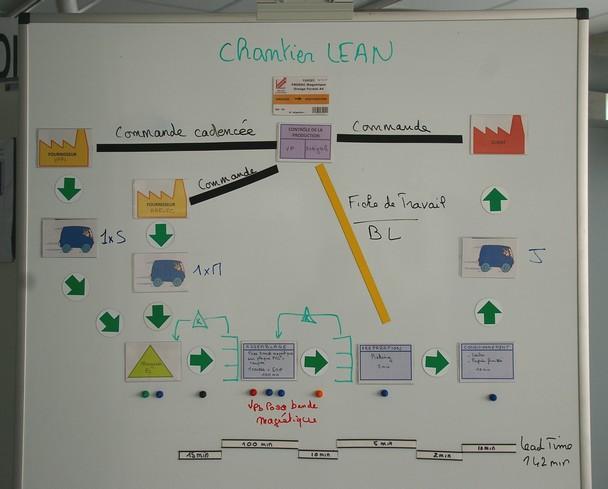
To do this, it is necessary to analyze the demand or the feedback of the customers (statistics on the past, evolution of the demand, possible variations etc.).
It is recommended to use Takt Time, which sets the pace of a defined process. Subsequently, it makes it possible to estimate the working time by including the corrective actions put in place by the organization. This also makes it possible to rely on quantitative information and gives access to an approach based on quality and performance indicators. The added value is to be defined for each method. In the office, you have to identify, encrypt and make visible.
By comparing working time, lead time and other indicators, the company obtains a stress ratio of interactions and can measure the extent of progress made thanks to Lean Office management.
Lean includes the lean principle "One-piece-flow". It's about prioritizing and focusing teams on a task. In other words, do not "juggle" between the different and many projects that last relatively long. It is more difficult to ensure a quality process when the team is on other projects in similarity, it creates waste of time and even quality. This is a difficult exercise because in the Office, there is a multitude of tasks and interactions. It is therefore advisable to identify 2 major priority projects and work as a team on them. This will reduce the loss of time and then accelerate daily profits and gains. Teamwork is important, to carry out a Lean Office project, it is necessary to coordinate actors and services.
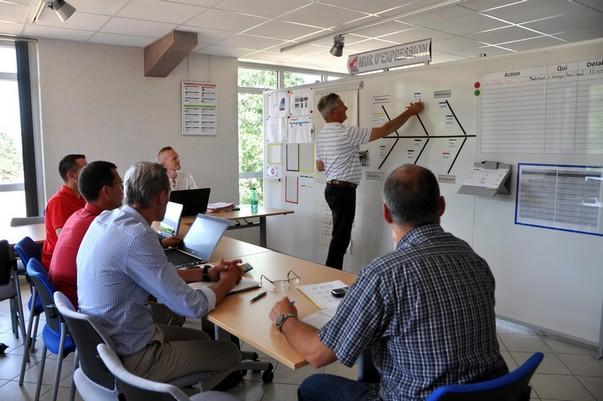
Finally, Visual Management makes it possible to highlight all the tools previously discussed. It has a strength of identification and pushes for action. The main thing is to choose and define the elements to be made visible (customers, order, projects, team versatility, activities, work-in-progress ...). It also allows the management of processes in real time in the work. Indeed, the indicators make it possible to monitor the progress of projects and processes every day. It also highlights any problem that may arise on a daily basis. The follow-up is done over a short period of time and allows the identification of waste or malfunctions in a process.
To apply this, you can set up visual tables for example, which are understandable by everyone in a few seconds.
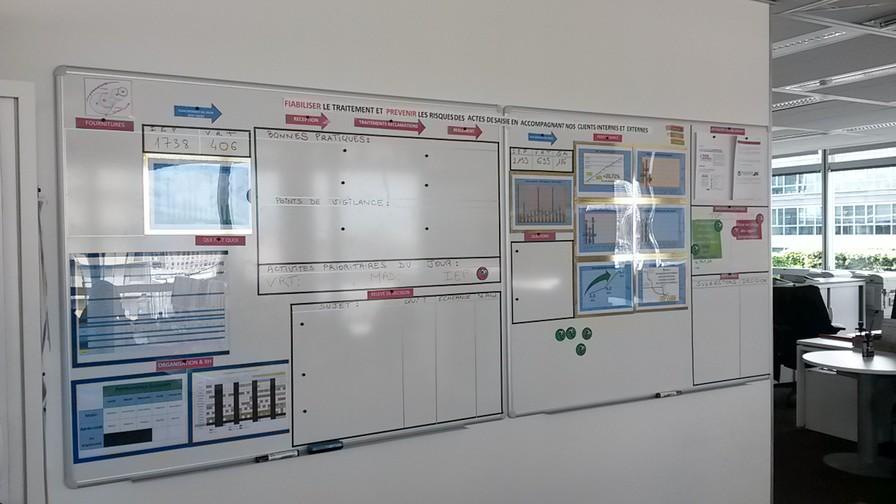
What are the advantages of Lean Office?
The potential of Lean Office is to strive for perfection through continuous improvement. We must not limit the potential and ambitions for the Lean Office because they can be surprising. The Lean Office operates daily to resolve losses, improve quality, teamwork in the office as well as the organization and all corporate services.
This lean training, tools or processes apply to all functions and for all sectors.
The Lean approach makes it possible to accelerate the gains and profits thanks to the closure of projects, and therefore to reinvest immediately. The need for working capital decreases and teamwork is promoted. Projects gain in speed and robustness. There is no need for additional resources, everything happens in the organization and internal communication. Once all these processes are in place, the organization can identify the "bottlenecks", i.e. a new incident in the process optimized by the Lean Office. In this case, all the tools previously put in place allow immediate identification and effective responsiveness. That is, stop immediately in the event of a problem and work directly to solve it. Lean Office training is a state of mind, problems are almost never technical, blockages are mostly emotional and not intellectual.
How to achieve continuous improvement through Lean Office?
The objective is also to develop versatility, that is, that the distribution of the organization is balanced and continuous in order to achieve the objectives. This is part of the 5S projects that are included in the improvement of the organization for the company through the team skills table for example. This method indicates training opportunities, experts or highlights gaps in order to predict a change or absence and prevents the company from being totally blocked. This system develops flexibility and mutual aid through training, which also proves the maturity of the team, all employees are in phase and the guideline is in a dynamic of improvement. In the 5S approach we also find the resolution of organizational problems by the work environment, by storage, cleaning and then by setting standards to be respected.
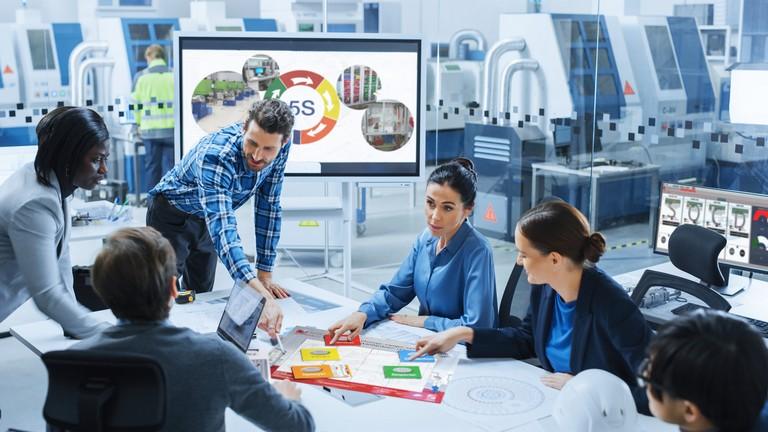
To go further it is possible to set up animations, inter-service coordination points in order to involve each actor of the company. Not to mention the ergonomics part, which is a real lever of involvement for employees and their well-being at work. Ergonomics also makes it possible to arrange workspaces in a more productive way (with the FIFO office system that allows the prioritization of "first-in first-out" folders), the Kanban management system for example. These techniques can be digital thanks to software that collects data and makes it possible to visualize variations in indicators in real time, to measure deviations to implement corrective actions or to continue to improve the Lean process within the organization.
In order to make all members aware of Lean, the best solution is to inculcate these principles through a fun part, in particular through group training games in order to raise awareness among each employee.
Lean office is an approach that simplifies administrative flows, reduces waste and integrates visual management into everyday life.
All the improvements will be felt by your employees and the missions they carry out. Improving and taking into account the customer journey will greatly improve the quality of the company's services.
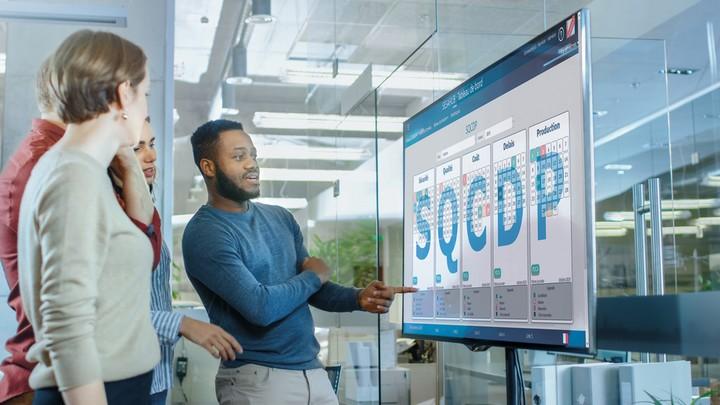

DOWNLOAD THE LEAN OFFICE CATALOGUE
Optimize your processes and improve your performance !
Discover all the concrete applications, tools to implement as well as our advice on our areas of expertise.
Need more information?
Do not hesitate to contact us if you would like more information or customized support.
Our experts are at your disposal.

